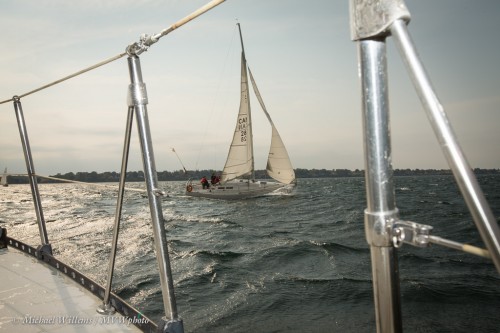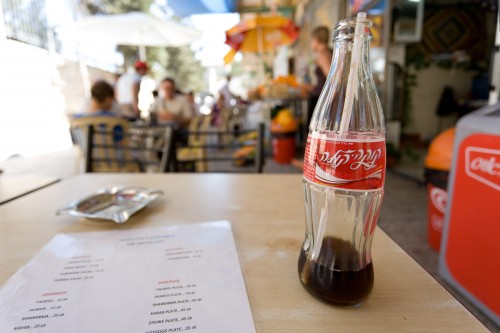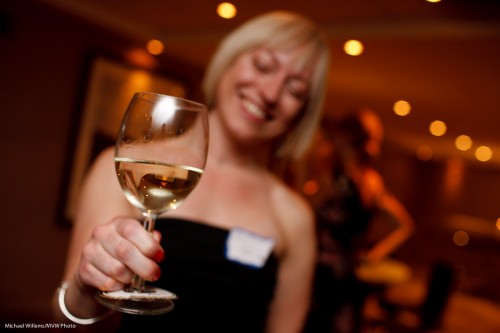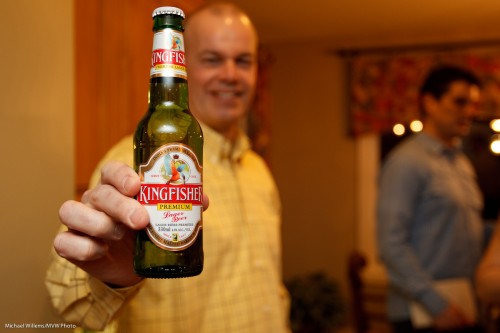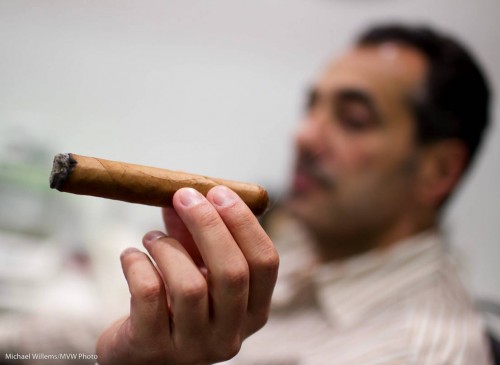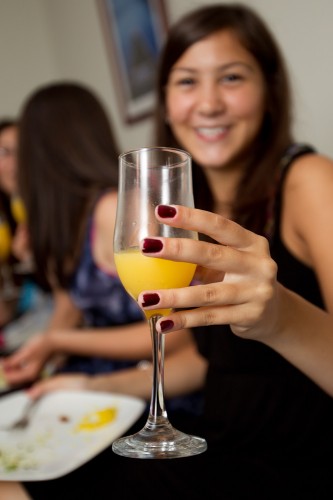Deep. As in, “this photo has depth”:
One of my cars, outside the mechanic’s yesterday.
So how do you get depth? You know!
- Have a close-by object (we call this: “Close-Far”);
- Have diagonal lines in the image (the foreground needs lines or texture, preferably)
- Use a wide angle lens.
The wide angle lens facilitates 1 and 2, and also has two other advantages: it is easy to get everything sharp if you wish (here, I did not wish); and it is easy to shoot at show shutter speeds.
So pack your 16-35 lens if you have a full frame camera, or your 10-20 or similar if you have a crop body, and go shoot some depth pictures.
REMINDER: Have you thought of a training gift certificate for a private custom lesson with me as a gift for this coming season? A gift which is not only fun, but leads to your loved one making better family photos. And you’re done with shopping immediately. So everyone’s a winner. Go to http://learning.photography to order your gift certificate now.


